Urbanization Trends
Urbanization trends in the US are significantly influencing the welded pipes market. As more people migrate to urban areas, the demand for housing, transportation, and utilities increases. This urban expansion necessitates the installation of extensive piping systems for water supply, sewage, and gas distribution. According to the US Census Bureau, urban areas are expected to grow by 13% by 2030, which will likely drive the demand for welded pipes. The welded pipes market must adapt to this growing need by providing innovative and efficient solutions to meet the requirements of urban infrastructure projects. This trend may also lead to increased competition among manufacturers to offer high-quality products that comply with evolving standards.
Energy Sector Growth
The growth of the energy sector in the US is another crucial driver for the welded pipes market. With the increasing focus on energy independence and the transition towards renewable energy sources, there is a heightened demand for efficient piping solutions. The US Energy Information Administration projects that energy consumption will rise by 20% by 2040, necessitating the use of welded pipes in various applications, including natural gas and oil transportation. Additionally, the expansion of renewable energy projects, such as wind and solar farms, requires durable piping systems for water management and other utilities. Consequently, the welded pipes market is likely to experience substantial growth as energy companies invest in infrastructure to meet rising demand.
Environmental Regulations
Environmental regulations in the US are increasingly influencing the welded pipes market. Stricter standards for emissions and waste management are prompting industries to adopt more sustainable practices, including the use of eco-friendly materials and processes. The welded pipes market must adapt to these regulations by developing products that meet environmental standards while maintaining performance. For instance, the implementation of the Clean Water Act and other regulations necessitates the use of high-quality welded pipes that can withstand corrosive environments. As industries strive to comply with these regulations, the demand for innovative and environmentally friendly welded pipes is expected to rise, potentially leading to new market opportunities and growth.
Technological Innovations
Technological innovations in manufacturing processes are reshaping the welded pipes market. Advances in welding techniques, such as laser welding and automated systems, enhance the quality and efficiency of pipe production. These innovations not only reduce production costs but also improve the performance characteristics of welded pipes, making them more appealing to end-users. The welded pipes market is likely to benefit from these advancements, as manufacturers strive to meet the increasing demand for high-performance piping solutions across various sectors, including construction, oil and gas, and water management. Furthermore, the integration of smart technologies in pipe manufacturing could lead to enhanced monitoring and maintenance capabilities, further driving market growth.
Infrastructure Development
The ongoing infrastructure development in the US is a primary driver for the welded pipes market. With the government investing heavily in upgrading and expanding transportation networks, water supply systems, and energy infrastructure, the demand for welded pipes is expected to rise. For instance, the US Department of Transportation has allocated approximately $1 trillion for infrastructure projects over the next decade. This investment is likely to create a robust demand for welded pipes, which are essential for various applications, including oil and gas pipelines, water distribution, and construction. As infrastructure projects progress, the welded pipes market is poised to benefit significantly from this trend, potentially leading to increased production capacities and innovations in pipe manufacturing.


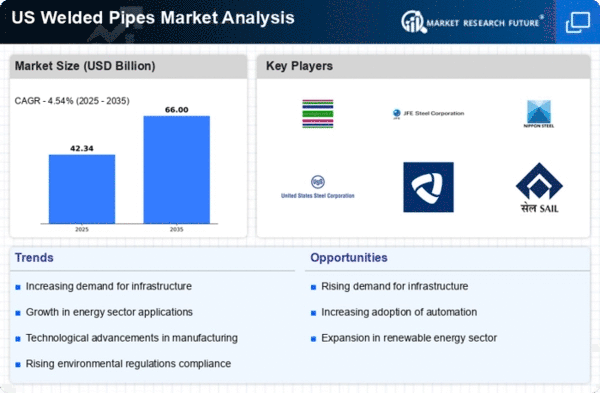
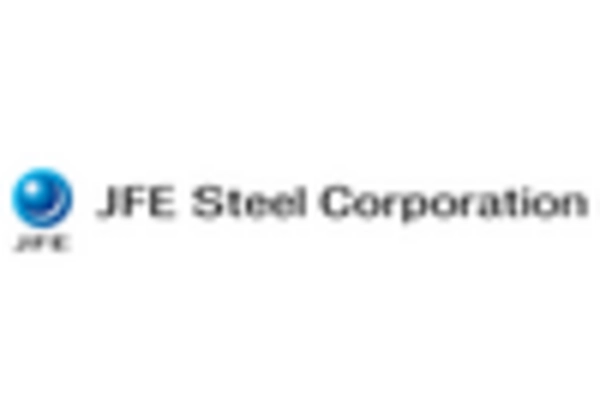
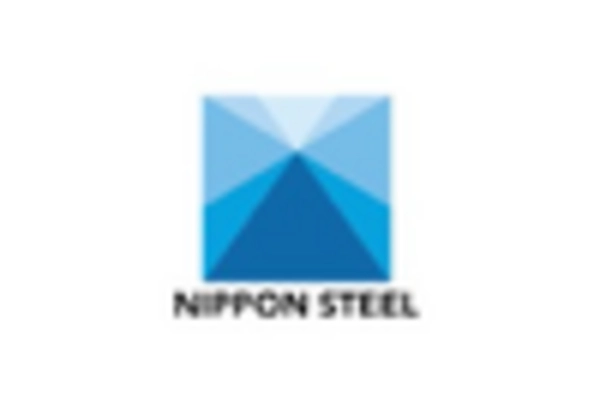

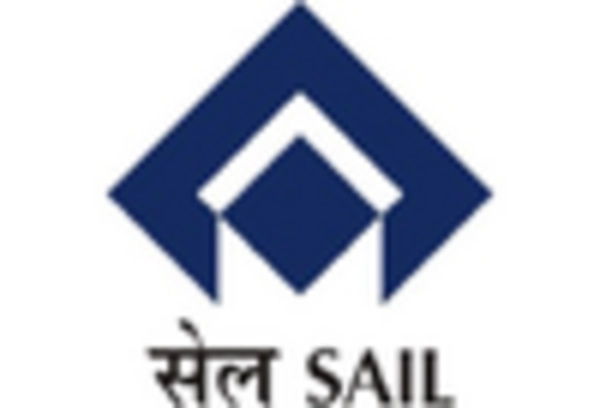

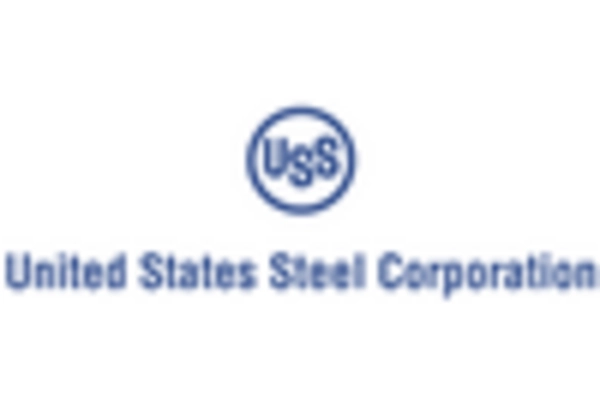








Leave a Comment